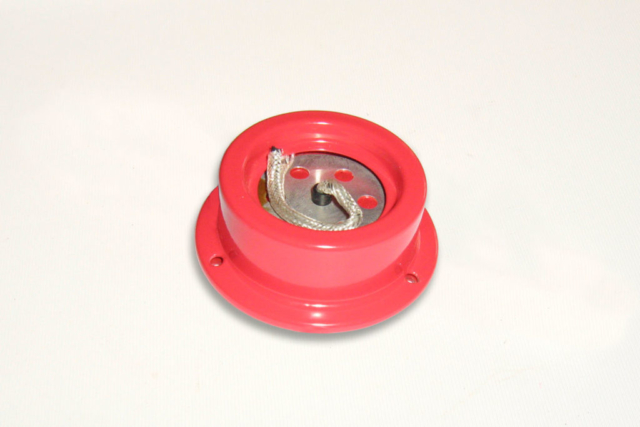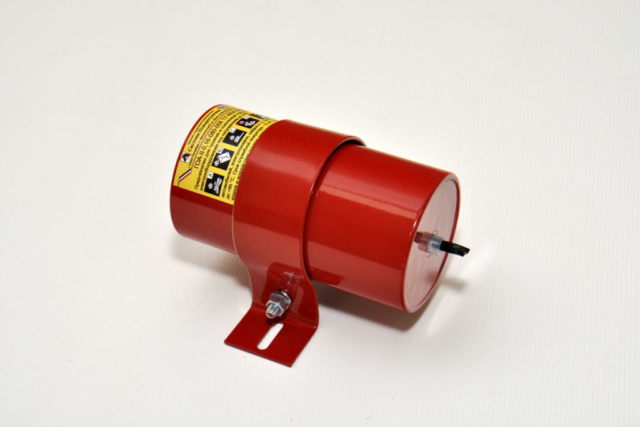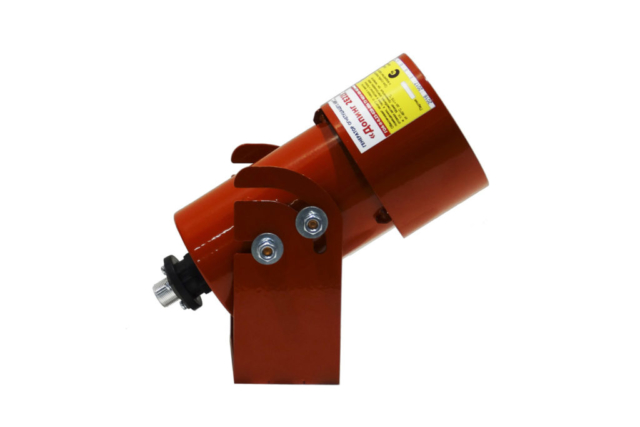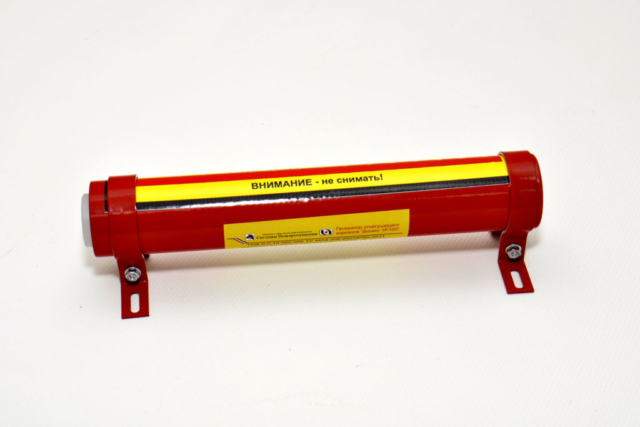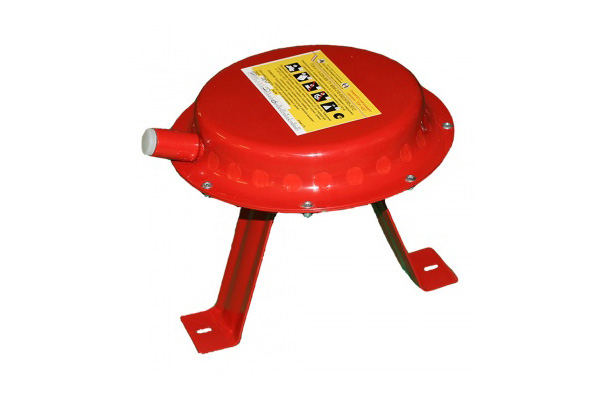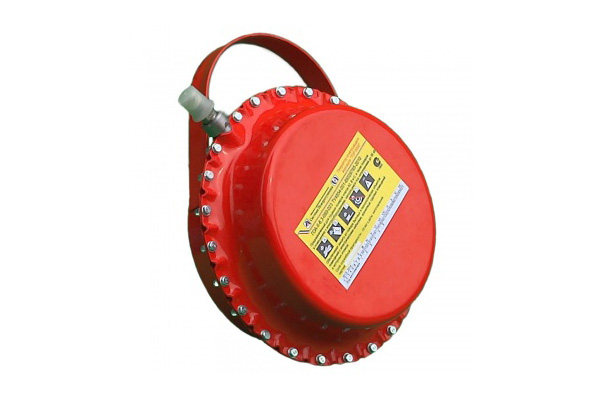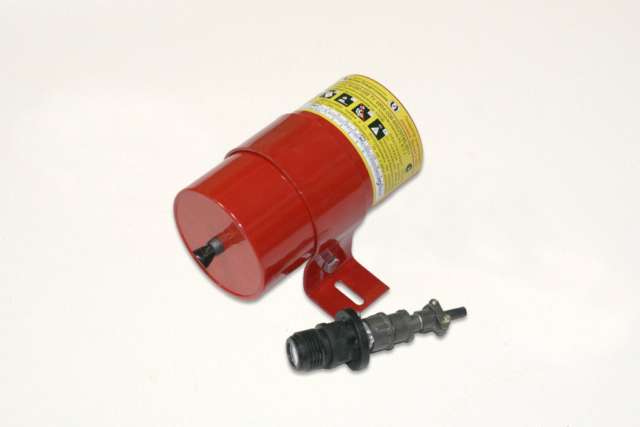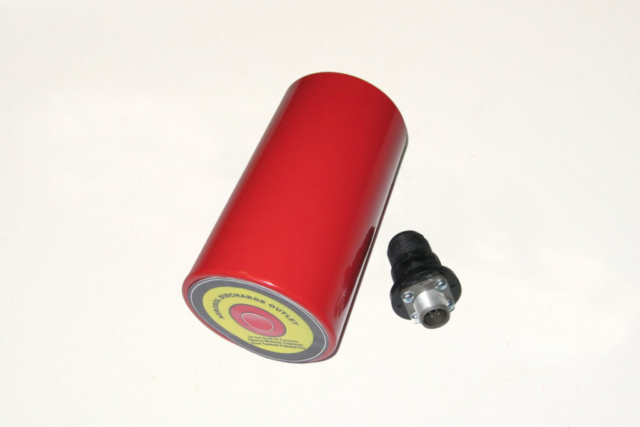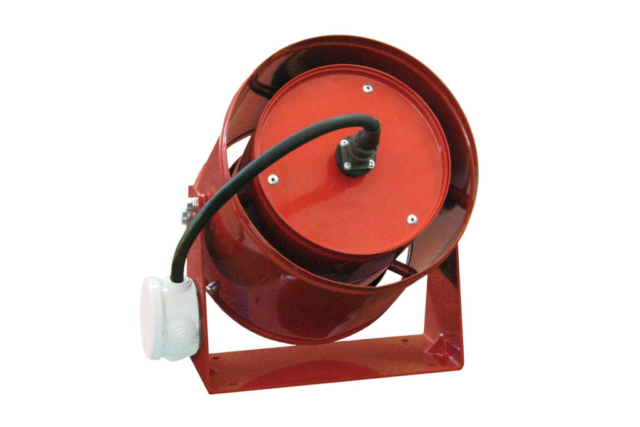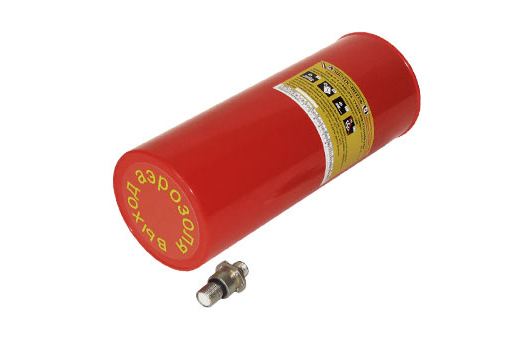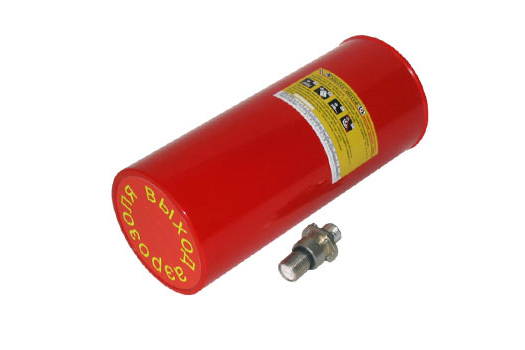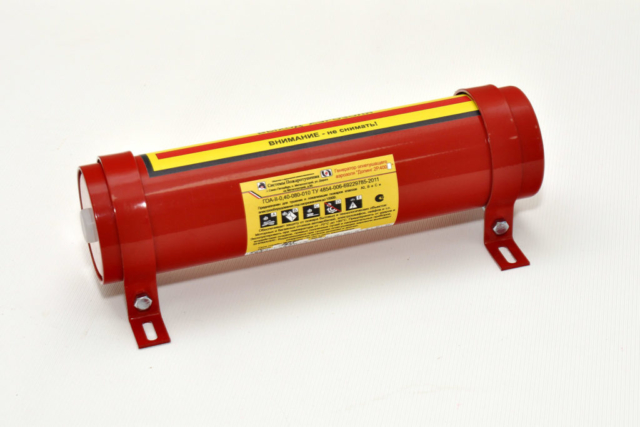What conditions should be met by fire-extinguishing means designated for protection of engine and other compartments of vehicles?
These are first of all:
- sufficiently high dynamic overloads (impact with intensity up to 20g);
- the units should withstand :
- vibrations within frequency range from 5 to 500 Hz and amplitude up to 10 g;
- continuous exposure of elevated temperatures (up to +125°С);
- changes of temperature within the range from -60°С to +125°С;
- exposure of increased humidity and water jets;
- exposure of ram air containing dust and sand;
- exposure at electric discharges;
- exposure at aggressive medium (vapors of gasoline, diesel oil etc.);
- operations in conditions of tight integration of equipment containing fuel supply lines, live wires etc.
Taking into account these conditions any fire-extinguishing means should have a period of operating applicability commensurable with service life of a vehicle (not less than 10 years) and should not require any repair or maintenance works for the whole period of its operation.
Generators of fire-extinguishing aerosols (GEA) meet all the requirements.
Testing methods that have been applied to and successfully passed by system GEA «DOPING-2» developed by «EPOTOS Group» specifically for its use in engine and other vehicle compartments are given below.
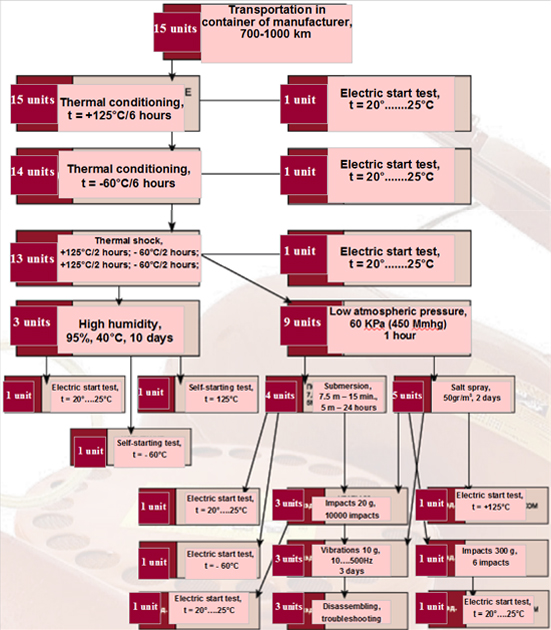
FIRE SUPPRESSION MECHANISM OF AEROSOL GENERATORS
Aerosol mixtures are represented by solid-fuel compositions after burning of which the mixture of inert gas and ultrafine particles mainly carbons dioxide, alkaline metal salts and water vapor are created and influence at fire. On one part small particles take inhibiting effect on chemical reaction of burning, and on the other part they facilitate heat removal due to endothermic decomposition reactions, and inert gases additionally reduce specific content of oxygen which is an oxidizing agent and without it burning process is impossible.
These means are highly effective at protection of engine and other fire dangerous compartments, electric cabinets and other complicated closed rooms with high packing density of equipment.
Resistance to extreme operational factors, simplicity of installation, easy operation and maintenance as well as reasonable price allow these means to be commonly used in fire-extinguishing systems.


